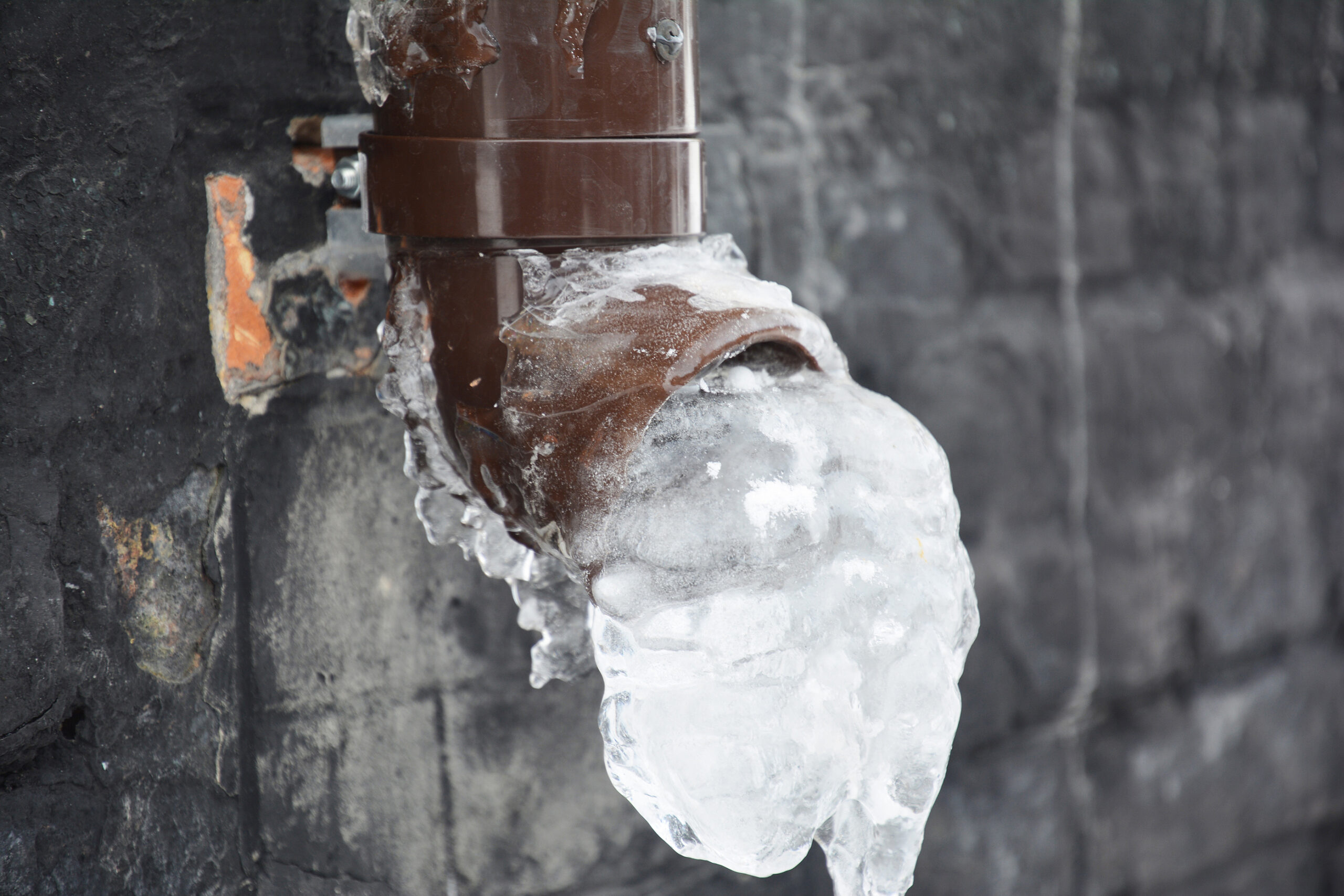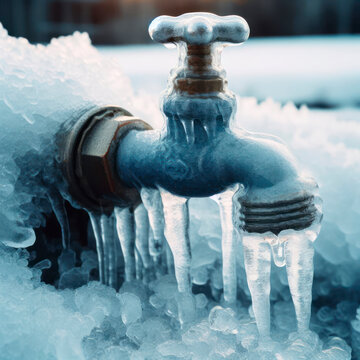Do you find yourself hunting for tips around 6 Ways to Prevent Frozen Pipes?

Winter can ruin your pipes, particularly by freezing pipelines. Right here's exactly how to prevent it from taking place and what to do if it does.
Introduction
As temperatures decline, the risk of frozen pipelines boosts, possibly bring about costly repair services and water damages. Recognizing exactly how to prevent frozen pipelines is vital for property owners in cool environments.
Understanding Icy Pipelines
What causes pipes to ice up?
Pipelines freeze when subjected to temperature levels listed below 32 ° F (0 ° C) for expanded periods. As water inside the pipes freezes, it broadens, taxing the pipeline wall surfaces and possibly creating them to burst.
Risks and problems
Icy pipelines can bring about water supply disruptions, building damages, and pricey fixings. Ruptured pipes can flooding homes and create substantial structural damage.
Indicators of Frozen Piping
Recognizing frozen pipes early can stop them from rupturing.
Just how to determine frozen pipelines
Try to find reduced water circulation from taps, unusual smells or noises from pipes, and noticeable frost on subjected pipes.
Avoidance Tips
Insulating prone pipes
Cover pipelines in insulation sleeves or utilize warmth tape to protect them from freezing temperatures. Concentrate on pipelines in unheated or exterior areas of the home.
Home heating methods
Maintain indoor rooms sufficiently heated, specifically locations with pipes. Open cupboard doors to allow warm air to circulate around pipelines under sinks.
Safeguarding Outdoor Plumbing
Yard pipes and outside faucets
Disconnect and drain pipes garden hose pipes before winter months. Install frost-proof faucets or cover outside faucets with shielded caps.
What to Do If Your Pipes Freeze
Immediate activities to take
If you believe frozen pipes, maintain taps available to alleviate stress as the ice melts. Make use of a hairdryer or towels soaked in warm water to thaw pipes gradually.
Long-Term Solutions
Structural changes
Consider rerouting pipelines away from outside walls or unheated areas. Include extra insulation to attics, cellars, and crawl spaces.
Updating insulation
Invest in top notch insulation for pipes, attic rooms, and wall surfaces. Proper insulation helps preserve regular temperature levels and reduces the danger of frozen pipelines.
Verdict
Preventing icy pipelines calls for aggressive actions and quick responses. By understanding the causes, signs, and safety nets, house owners can shield their pipes throughout winter.
5 Ways to Prevent Frozen Pipes
Drain Outdoor Faucets and Disconnect Hoses
First, close the shut-off valve that controls the flow of water in the pipe to your outdoor faucet. Then, head outside to disconnect and drain your hose and open the outdoor faucet to allow the water to completely drain out of the line. Turn off the faucet when done. Finally, head back to the shut-off valve and drain the remaining water inside the pipe into a bucket or container. Additionally, if you have a home irrigation system, you should consider hiring an expert to clear the system of water each year.
Insulate Pipes
One of the best and most cost-effective methods for preventing frozen water pipes is to wrap your pipes with insulation. This is especially important for areas in your home that aren’t exposed to heat, such as an attic. We suggest using foam sleeves, which can typically be found at your local hardware store.
Keep Heat Running at 65
Your pipes are located inside your walls, and the temperature there is much colder than the rest of the house. To prevent your pipes from freezing, The Insurance Information Institute suggests that you keep your home heated to at least 65 degrees, even when traveling. You may want to invest in smart devices that can keep an eye on the temperature in your home while you’re away.
Leave Water Dripping
Moving water — even a small trickle — can prevent ice from forming inside your pipes. When freezing temps are imminent, start a drip of water from all faucets that serve exposed pipes. Leaving a few faucets running will also help relieve pressure inside the pipes and help prevent a rupture if the water inside freezes.
Open Cupboard Doors
Warm your kitchen and bathroom pipes by opening cupboards and vanities. You should also leave your interior doors ajar to help warm air circulate evenly throughout your home.

I was made aware of that editorial about Helpful Tips to Prevent Frozen Pipes this Winter from an associate on a different blog. Liked our review? Please share it. Let someone else locate it. Thanks for going through it.
Book An Estimate Now